Three-Act Structure Example – Shawshank Redemption
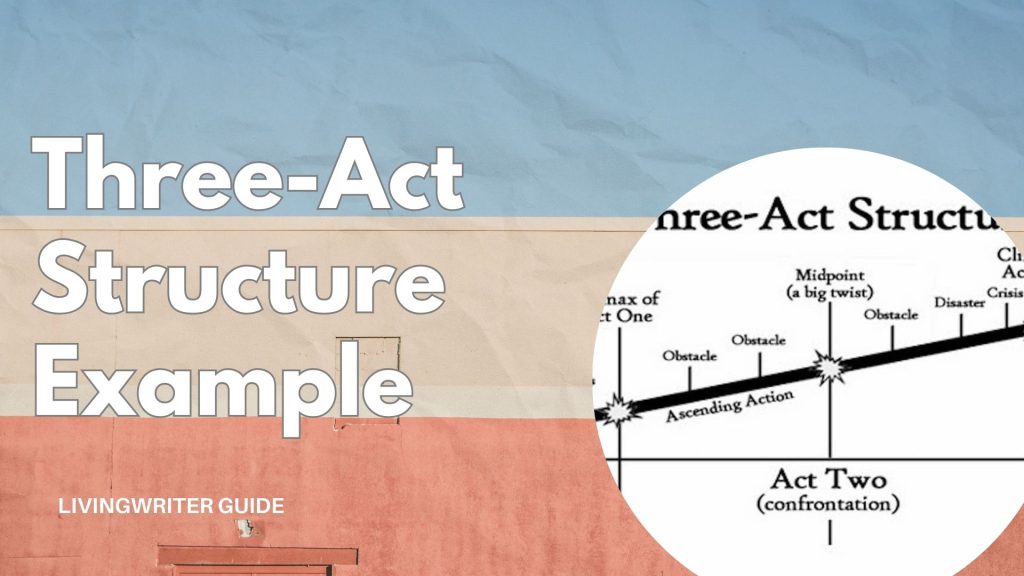
The three-act structure is a foundational principle in storytelling, used in nearly all mainstream films and the majority of novels to create narratives with a clear beginning, middle, and end. This framework provides a roadmap for writers to build suspense, develop characters, and ultimately deliver a satisfying conclusion.
In this article, I’ll be teaching you the structure step by step using a three-act structure example from an iconic film, The Shawshank Redemption. Having actual scenes and plots to break down for each section goes a long way in showing the progression from act to act. So, without further ado, let’s get started with why I picked the movie I did.
Why The Shawshank Redemption?
The Shawshank Redemption is a fantastic story with a resounding theme. It also masterfully utilizes the three-act structure to create a compelling journey for the protagonist, Andy Dufresne. The film builds tension throughout, keeps the audience invested in Andy’s struggle, and delivers a powerful and unforgettable climax.
You May Also Like: Best Movies Based On Novels – Top 10 Adaptations
Additionally, The Shawshank Redemption’s exploration of themes like hope and perseverance resonates deeply with viewers, making it an ideal example of the three-act structure in action. If by some chance you haven’t seen it, beware; there are spoilers below.
The Three-Act Structure Explained
Act I: Setting the Stage (Exposition and Rising Action)
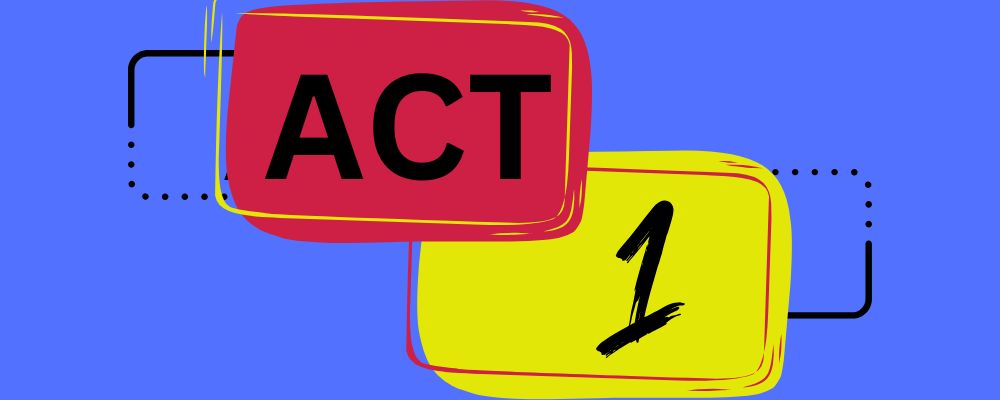
The Hook
In the three-act structure, the “hook” is the very beginning of your story, designed to grab the audience’s attention and make them want to know what happens next. It’s what “hooks” them into the narrative.
It presents a compelling situation, question, or mystery that piques the audience’s curiosity. It often introduces the main character and hints at their central conflict or flaw. And sets the mood and style of the story.
The hook in The Shawshank Redemption is the opening scene of Andy Dufresne in his car, drunk and loading a gun. This scene immediately establishes several things:
- Intrigue: We see a man in a troubled state, seemingly contemplating a violent act. This raises questions: What happened? What will he do?
- Protagonist Introduction: We meet Andy, the protagonist, and immediately sense that he’s facing a significant internal conflict.
- Tone: The scene sets a dark and serious tone, hinting at the difficult journey ahead.
This opening scene is crucial because it immediately hooks the audience. We want to know what led Andy to this point and what will happen next. This hook then leads directly into the inciting incident, which we’ll cover below.
Inciting Incident
The inciting incident is the first brush with what changes the character’s life. More specifically, it’s something that disrupts normal life and sets the main plot in motion. It’s the catalyst that forces the protagonist to take action and embark on their journey.
This disruption of the “status quo” creates a new situation that they must deal with. It introduces the central conflict or problem that the protagonist will face throughout the story and triggers the chain of events that make up the main plot.
Following the hook (Andy in his car), the inciting incident is Andy’s conviction for murdering his wife. Even though we know he claims innocence, he’s thrown into prison anyway. This single event flips Andy’s world upside down, which is classic for Act I: it’s the thing that forces him into a whole new environment—quite literally a cage.
This event does all of the following:
- Disrupts the Status Quo: Andy, a successful banker, is suddenly stripped of his freedom and thrust into the harsh world of Shawshank prison.
- Creates the Central Conflict: Andy must now navigate the dangers and challenges of prison life while maintaining his innocence and hope for freedom.
- Sets the Plot in Motion: Andy’s imprisonment sets the stage for his relationships with other inmates (especially Red), his struggles against the corrupt guards, and his eventual escape plan.
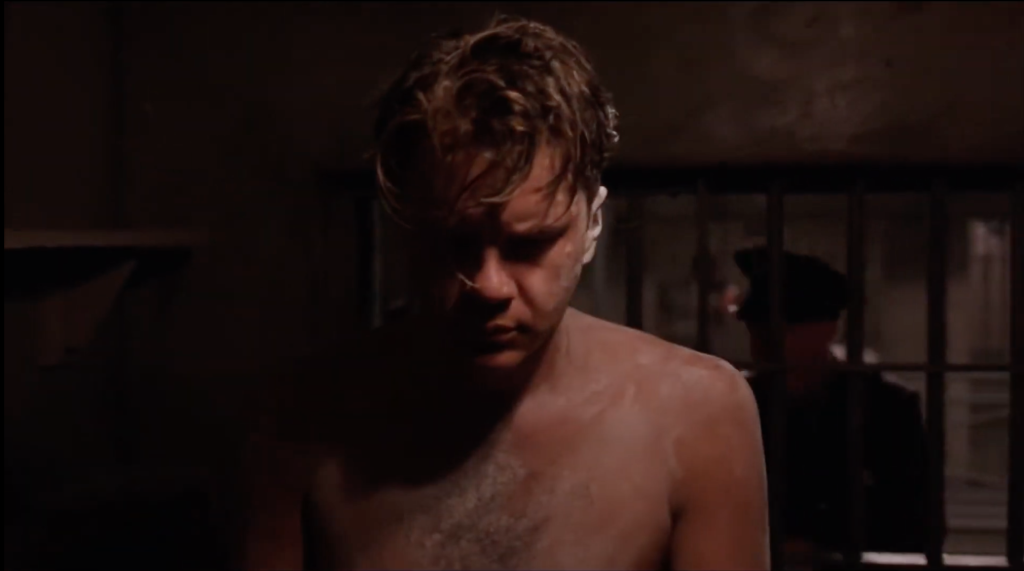
When he first rolls into Shawshank Prison, it’s a brutal reality check for him and the viewers. The long-time inmates heckel the “new fish,” making bets on who will crack first. And when one does break down, they’re beaten to a pulp by the guards. These scenes escalate things and set the tone that Andy’s life is entirely different, innocent or not.
Plot Point 1 – Rising Action
Plot Point 1 marks the end of Act 1 and the beginning of the “Rising Action” in the three-act structure. It’s a key turning point that pushes the protagonist further into the main conflict. It often does this by turning the story in a new direction that escalates the conflict and introduces new challenges or variables for the protagonist.
In The Shawshank Redemption, this Plot Point occurs when Andy overhears Captain Hadley complaining about the taxes he’ll have to pay on an inheritance. This leads to Andy offering his financial expertise to Hadley in exchange for protection from the “Sisters.”
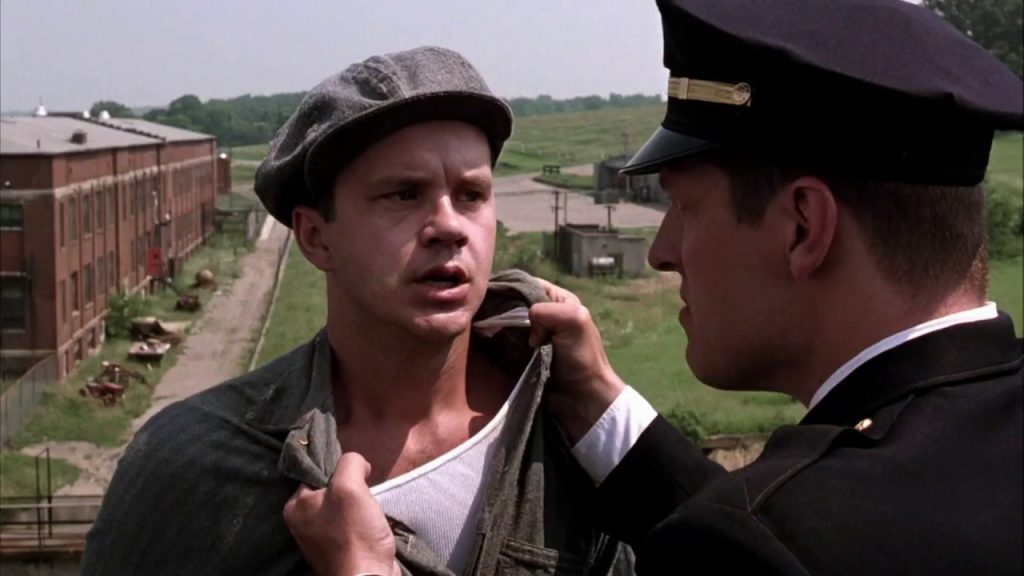
This event does all the things a good “rising action plot point” should. It shifts the focus from Andy simply trying to survive to him using his skills to improve his situation and gain influence. However, it also raises the stakes for him.
Andy’s involvement with Hadley and the guards puts him in a potentially dangerous position, but it also offers him a chance to gain some control over his life in prison. The initial phase of Andy’s passive adaptation to prison life is over. He’s now actively engaging with the system, which will lead to both opportunities and greater risks.
You May Also Like: Write Better Characters And Plots – 5 Tips
These shifts also prevent the story from stagnating by introducing new things that force the protagonist to become more involved in the plot and set the stage for the story’s midpoint, another central turning point.
Act II: The Heart of the Story (Theme and Development)
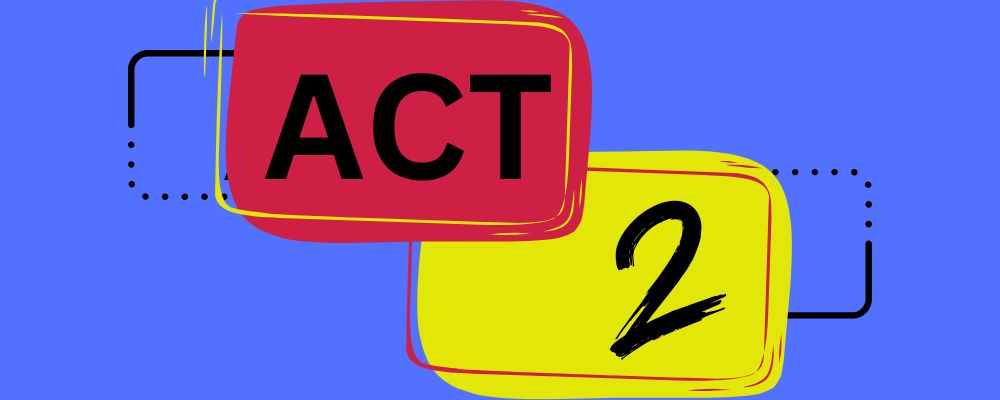
Theme Exploration
The middle section is where the film’s big ideas really take shape. Andy is reacting to, and living with, the incident of the first act.
Shawshank might be bleak, but Andy holds onto something the others have lost: hope. Through his friendship with Red and his hidden acts of rebellion, Andy injects a sense of possibility into a place designed to crush it. We’re watching these themes of hope vs. despair and freedom vs. confinement play out in every interaction.
And as they do, the characters face more significant hardships – Higher highs and lower lows, which test them. All of which gradually increase the tension and build toward the third and final act.
1st Pinch Point – Obstacles and Challenges
The First Pinch Point, sometimes called Plot Point 2A, occurs roughly halfway through Act Two. It’s a moment where the antagonist or opposing force exerts pressure on the protagonist, reminding them of the stakes and reinforcing the central conflict.
This often reinforces the antagonist’s power, demonstrating the strength or influence of the antagonist or the opposing force. It further complicates the protagonist’s goals and makes their situation more difficult—or, in other words, raises the stakes again. It also serves as a reminder of the central conflict and why it matters.
The Shawshank Redemption provides a good example of the First Pinch Point: Andy discovers just how corrupt the guards/warden are and is nearly beaten to death by the Sisters. This moment drives home the oppressive and dangerous reality of life in Shawshank Prison.
This is the “reinforces the antagonist’s power.” It also successfully raises the stakes again. It shows Andy that his position of relative comfort and influence is fragile and that he’s still vulnerable to the dangers of prison life.
It also reinforces the theme of hope vs. despair. At the same time, it reminds the audience that Andy is in a hostile environment and that his struggle for survival and hope is an uphill battle.
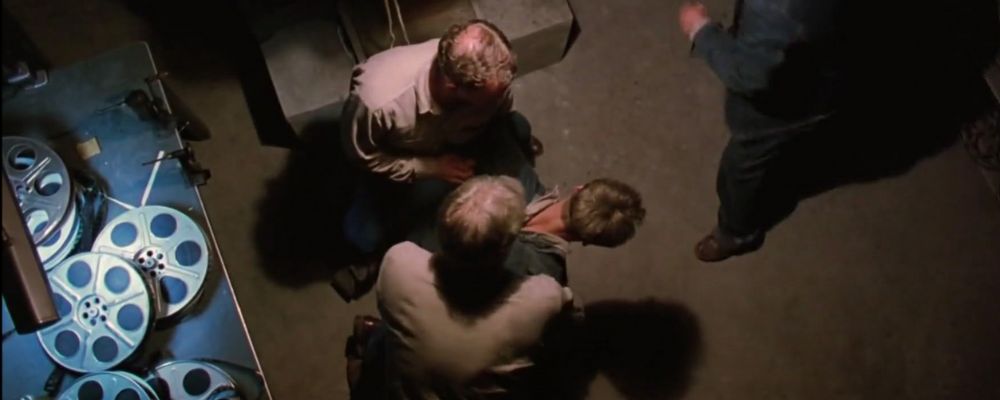
It’s important to note that the First Pinch Point doesn’t necessarily have to be a huge, explosive event. It’s more about reinforcing the conflict and reminding the audience of the stakes. In The Shawshank Redemption, the attack is a significant event, but it’s more about the implication – the reminder of the pervasive corruption and danger within Shawshank – that serves as the pinch.
Midpoint
The “Midpoint” is a pivotal moment that occurs roughly halfway through the story. It’s a significant turning point that often marks a shift in the protagonist’s journey, goals, or understanding of the situation. It raises the stakes, alters their approach, and creates a renewed sense of urgency.
The Midpoint marks a moment where everything changes and shows the characters where they truly stand in the story, both inside and out. In the Shawshank Redemption, this is Andy’s decision to play music over the PA (and several internal changes that happen as a result), which is a powerful example of a Midpoint.
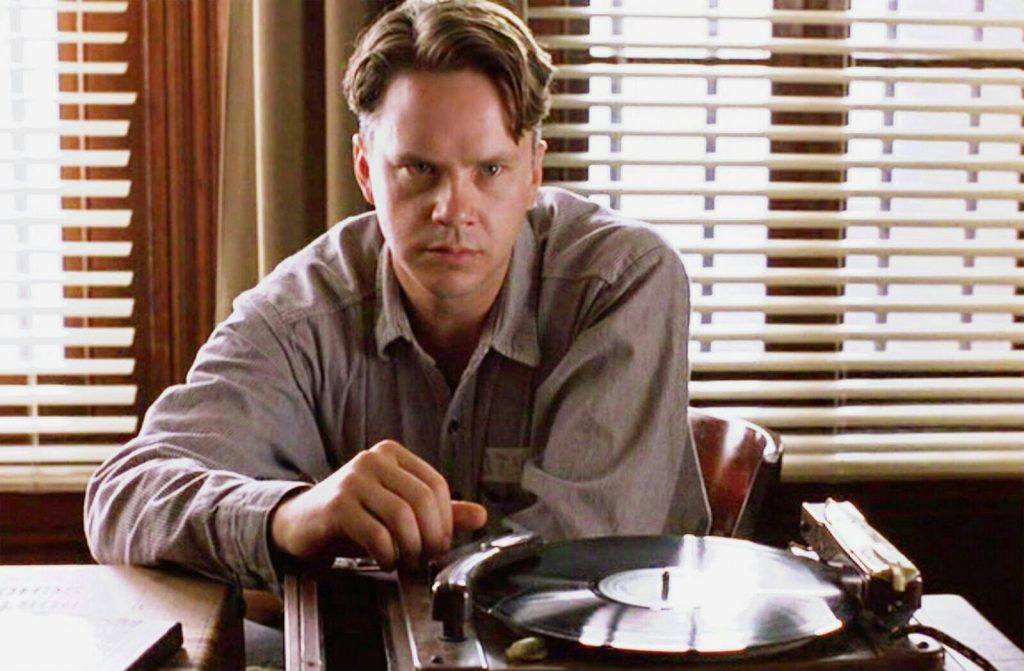
Andy’s defiance is an assertion of his humanity and a refusal to be broken by the prison system. This act, in itself, is an emotional and thematic turning point. But it is also the catalyst for a massive shift in Andy and the story.
Andy’s punishment—two weeks in solitary confinement—raises the stakes. It shows the very real consequences of his defiance and reinforces the system’s power. This punishment also underscores Andy’s internal shift; he willingly endures the harsh punishment to preserve something intangible: hope and beauty.
The final piece of the Midpoint is Tommy’s story of how he heard about Andy’s case. His willingness to testify to Andy’s innocence shows that Andy is, in fact, innocent and offers him a tangible path to freedom.
However, Warden Norton’s refusal to let Andy go free and his subsequent murder of Tommy are devastating blows. This is the culmination of the Midpoint sequence. It removes Andy’s legitimate hope for legal exoneration and forces him to confront the full extent of the warden’s corruption and his situation.
So, the Midpoint isn’t just the music scene in isolation but the entire sequence of events that follows, culminating in Tommy’s death. This sequence raises the stakes, shifts Andy’s approach from passive to active, and creates a powerful sense of urgency that propels the story into its final act.
It’s a turning point that solidifies the film’s themes and sets the stage for Andy’s eventual escape. Since there are a lot of moving parts, I want to show the exact function of each part of the story here. Here is how each part fulfills the Midpoint roles so well:
- Raises the Stakes Significantly: The stakes are no longer just about surviving prison; they are about Andy’s very freedom and the potential for hope in a corrupt system. Tommy’s death demonstrates that the warden will actively prevent Andy’s release, raising the stakes to their highest point yet.
- Shifts the Protagonist’s Approach: Before the music, Andy was primarily focused on adapting and finding small victories within the system. After Tommy’s death, he realizes the system is irrevocably corrupt and that his only path to freedom is through his own ingenuity and perseverance. This leads directly to his final, desperate plan.
- Creates a Sense of Urgency: The loss of Tommy creates a sense of urgency. Andy understands that time is running out and that he must start to act if he ever wants to be free.
Act III: Climax and Resolution (Falling Action and Denouement)
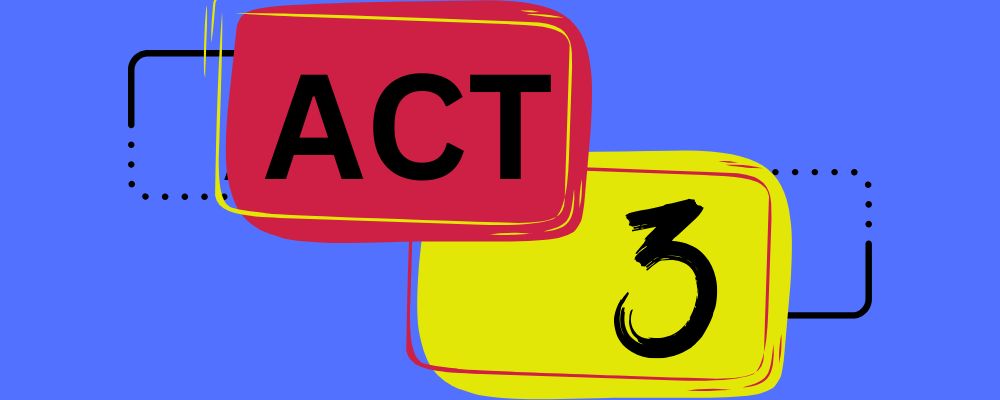
Act III is where the central conflict reaches its peak and is ultimately resolved. It consists of three main parts. The climax, falling action, and the denouement or resolution.
The climax is the point of maximum tension and the decisive confrontation between the protagonist and the antagonist or the central problem. The “falling action” is the events that follow the climax, showing the immediate consequences of the climax and tying up loose ends.
Finally, the denouement or resolution is the story’s resolution, where any remaining conflicts are resolved, and the protagonist’s new status quo is established.
The Climax
For The Shawshank Redemption, the climax is Andy’s escape. All those little details—his rock hammer, the posters on his cell wall—snap into focus as we realize he’s been tunneling out for years. This is the culmination of his years of planning, digging, and patiently waiting for the right opportunity.
The night he escapes is a masterclass in tension. We see each step of his getaway, and it’s the ultimate high point. And that thunderstorm scene? Pure catharsis for Andy and the viewer, as he literally washes off the grime of Shawshank. This is the final confrontation with the oppressive walls of Shawshank, both literally and metaphorically.
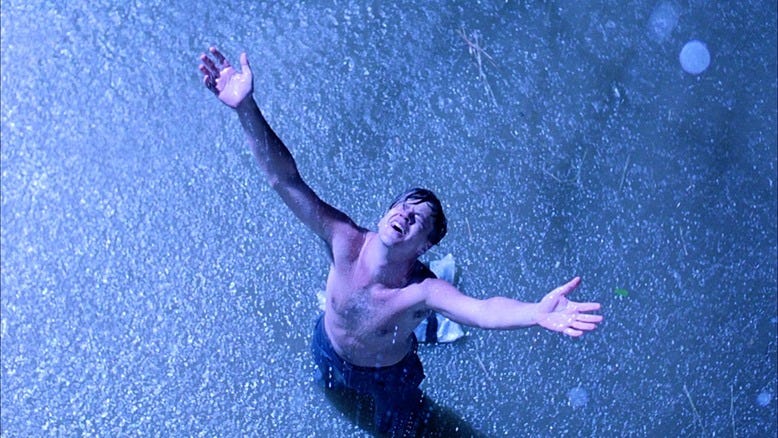
Falling Action
After the peak of tension, we reach the falling action, which shows “the aftermath” of the climax. This is the discovery of Andy’s escape by the guards, the revelation of Andy’s financial manipulations, and the exposure of Warden Norton’s corruption and his suicide as the police close in.
These events show the immediate consequences of Andy’s escape. The corrupt system is exposed, and Red discovers Andy’s meticulously planted clues, and we realize Andy wasn’t just thinking of himself—he left a way for Red to follow. That letter in the field reaffirms the power of hope and friendship.
Denouement
The Denouement is Red’s Parole and their reunion. The denouement provides the final resolution and thematic closure. Red is finally granted parole after decades in prison. And he struggles to adjust to life outside of Shawshank, mirroring Andy’s earlier struggles within the prison walls.
Finally, remembering his promise to Andy, Red travels to Zihuatanejo, Mexico, where he finds Andy waiting for him on the beach. This final scene provides a sense of hope and redemption. Red has finally found freedom, both physically and emotionally, and he’s reunited with his friend.

This reinforces the film’s central themes of hope, perseverance, and the importance of human connection. After all this talk about hope, we actually see it: freedom, new beginnings, and a sense that sometimes, faith in something better actually pays off.
It’s a classic storybook ending, but it works because the journey there was so hard-earned. By the time the credits roll, you’re left feeling that all the dark, grueling stuff was worth it just to see Andy and Red find their own personal paradise.
In Summary
This breakdown reflects how each act lines up: Andy’s world is introduced and turned upside down (Act I), he grapples with hope vs. despair under brutal prison conditions (Act II), and then he pulls off the ultimate escape, leading to a well-deserved resolution (Act III). It’s a great example of how a story can be very tightly structured, keep people guessing, and be very impactful.
Story Structure With LivingWriter
Writing with LivingWriter offers the convenience of several story structure frameworks (including the three-act structure) built directly into the manuscript where you write. When you open a new manuscript, you can choose between several structures for different styles and genres.
There are general options, structures for specific genres (such as romance novels), screenplays, and even options for non-fiction authors and students. Once you’ve found one you’re interested in, clicking it will show you a small description.
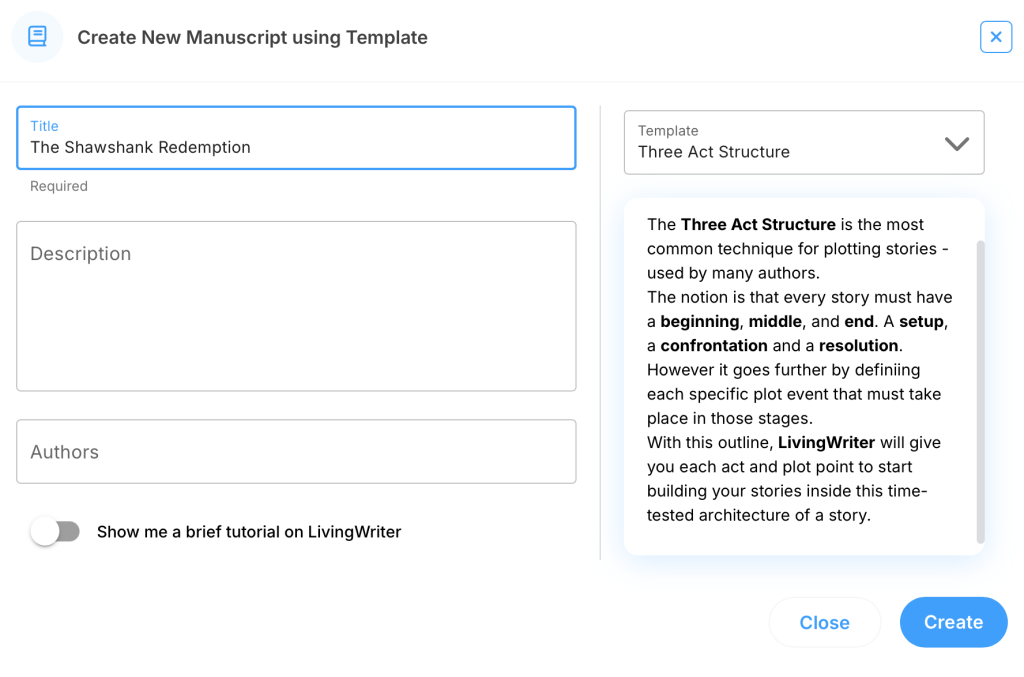
This example shows Acts One, Two, and Three of the abovementioned three-act structure. Furthermore, each Act Is broken down further into three sections to help you along as you write. If you struggle with the pacing of your work, these built-in templates are highly effective at helping you improve.
You May Also Like: How LivingWriter’s AI Outlines Work
Conclusion
The Shawshank Redemption demonstrates the power of the three-act structure to create a compelling narrative arc. By following this framework, the film builds a satisfying journey for the protagonist, explores powerful themes, and ultimately delivers a powerful message of hope. This breakdown serves as a springboard for understanding how the three-act structure can be utilized to create stories that resonate with audiences.